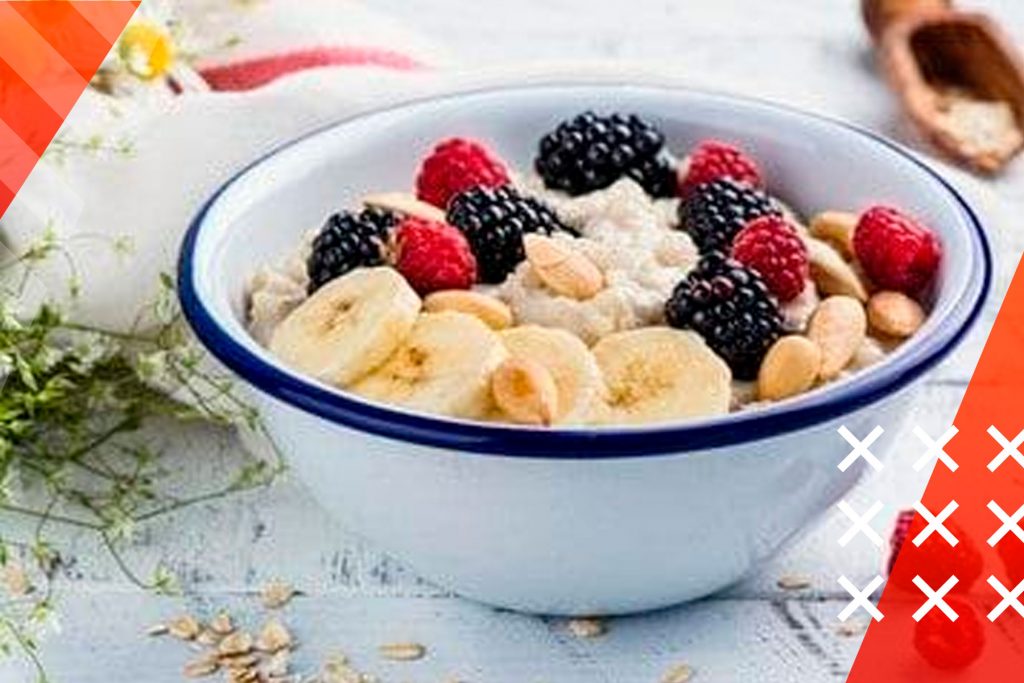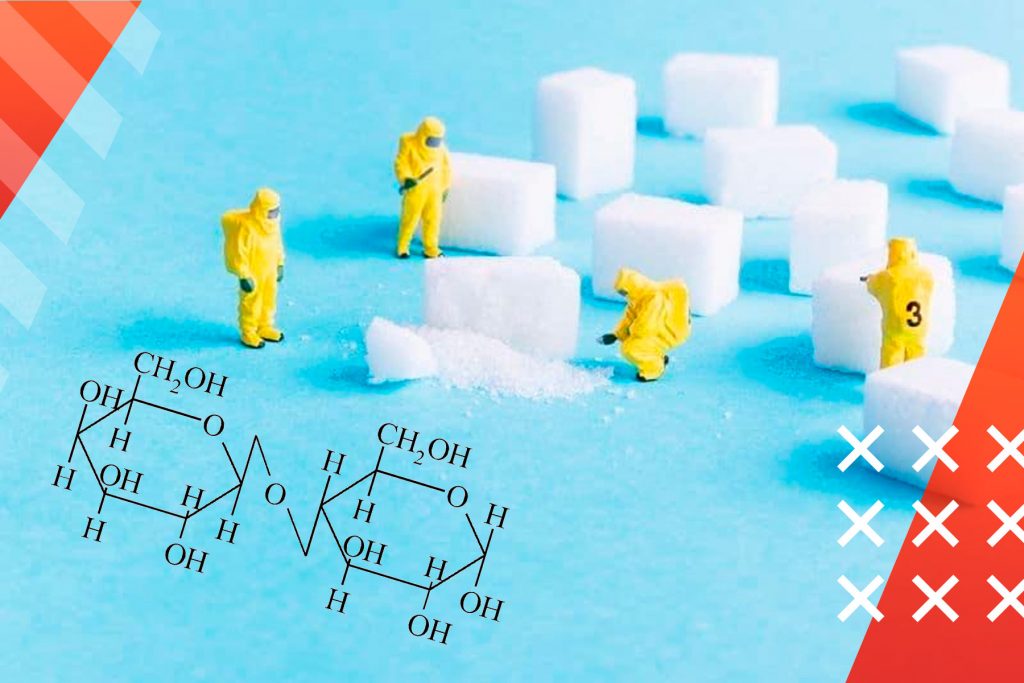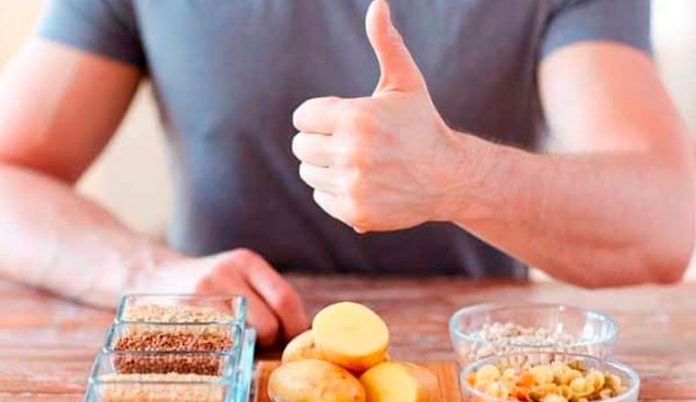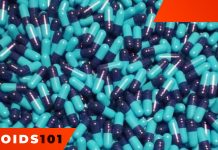Carbohydrates are a part of carbohydrate metabolism, that plays an essential role in the proper nutrition and balanced distribution of nutrients. People who care about their health know that complex carbs are preferable to simple ones. And it is better to eat food that provides for longer digestion and energization throughout the day. But why exactly? What is the difference between the processes of absorption of simple and complex carbs? Why should sweets be used only to close the metabolic window, and is it better to eat honey exclusively at night? To answer these questions, let’s consider in detail the carbohydrate metabolism in the human body.
Purposes Of Carbohydrates
In addition to maintaining optimal weight, carbs perform a considerable amount of work in the human body, failure in which entails not only the occurrence of obesity but also a lot of other problems.
The main objectives of the carbohydrates are as follows:
- energy – approximately 70% of calories are in carbs. For the oxidation process of 1 g of carbohydrates to take place, the body needs 4.1 kcal of energy;
- construction – carbs take part in the creation of cellular components;
- reservation – carbs are accumulated in the muscles and liver in the form of glycogen;
- regulation – some hormones are glycoproteins in nature. For example, thyroid and pituitary hormones: one structural part of such substances is protein, and the other is a carbohydrate;
- protection – heteropolysaccharides are involved in the synthesis of mucus, which covers the mucous membranes of the respiratory tract, digestive organs, and the genitourinary tract;
- red blood cells composition – carbs are included in the membrane of red blood cells;
- blood coagulation – carbs are one of the regulators of blood coagulation, as they are part of prothrombin, fibrinogen, and heparin.
For humans, the primary sources of carbohydrates are those molecules that we get with food: starch, sucrose, and lactose.

Stages Of Saccharides Splitting
Before considering the characteristics of biochemical reactions in the body and the effect of carbohydrate metabolism on sports results, we will study the process of splitting of saccharides with their further transformation into the glycogen that athletes require for effective training.
Stage 1 – Pre-Splitting
Unlike proteins and fats, carbs begin to break down almost immediately after ingestion. The fact is that most of the products that enter the body contain complex starchy carbohydrates, which, under the influence of saliva, namely the enzyme amylase, which is part of it, and the mechanical factor break down into simple saccharides.
Stage 2 – Stomach acid and splitting
The stomach acid breaks down complex saccharides that are not affected by saliva. In particular, under enzymes’ action, lactose breaks down to galactose, which subsequently turns into glucose.
Stage 3 – Glucose absorption by blood
Almost all fermented glucose is directly absorbed into the blood at this stage, skipping the fermentation in the liver. The energy level rises rapidly, and the blood becomes more saturated.
Stage 4 – Saturation and Insulin Reaction
Under the influence of glucose, the blood thickens, making it difficult to move and transport oxygen. Glucose replaces oxygen, which causes a protective reaction – a decrease in the number of carbs in the blood.
Insulin and glucagon from the pancreas enter the plasma.
Insulin opens transport cells that carry sugar, which restores the balance of substances. Glucagon, in turn, reduces the synthesis of glucose from glycogen (the process of consuming internal energy resources), and insulin penetrates the primary cells of the body and puts glucose in the form of glycogen or lipids.
Stage 5 – Liver carbohydrate metabolism
On the way to complete digestion, carbs collide with the body’s leading defender – liver cells. It is in these cells that carbs transform into glycogen under the influence of particular acids.
Stage 6 – Glycogen and fat
The liver is able to process only a certain amount of monosaccharides in the blood. Rising insulin levels make it do this quickly. If the liver does not have time to convert glucose to glycogen, a lipid reaction occurs: all free glucose binds with acids and turns into simple fats. However, the body does this to preserve energy against the background of our constant nutrition. It does not digest these, and glucose-acid chains, turning into plastic fatty tissues, are transported under the skin, thus forming subcutaneous fat.
Stage 7 – Secondary Splitting
If the liver coped with the sugar load and was able to turn all the carbs into glycogen, the latter manages to stock up in the muscles under the influence of the hormone insulin. Further, in conditions of lack of oxygen, it is split back to simple glucose, not returning to the general bloodstream, but remaining in the muscles. Thus, without entering the liver, glycogen supplies energy for specific muscle contractions, increasing endurance.
This process is often called the «second breath.» When an athlete has a lot of glycogen reserves and simple visceral fats, they will turn into pure energy only in the absence of oxygen. In turn, the alcohols contained in fatty acids stimulate additional vasodilation, which will lead to a better susceptibility of cells to oxygen in conditions of its deficiency.
Glycemic Index (GI) And Metabolism
It is essential to understand why carbs are divided into simple and complex ones in the first place. The reason is their glycemic index, which determines the rate of their splitting. This, in turn, triggers the regulation of carbohydrate metabolism. The simpler the carb, the faster it gets into the liver, and the higher the possibility for it to transform into fat.
Here is a table depicting the GI and total carbs composition of various products:
| Name of the product | GI | Carbs content |
| Sunflower seeds | 8 | 28.8 |
| Peanuts | 20 | 8.8 |
| Broccoli | 20 | 2.2 |
| Mushrooms | 20 | 2.2 |
| Leaf lettuce | 20 | 2.4 |
| Salad lettuce | 20 | 0.8 |
| Tomatoes | 20 | 4.8 |
| Eggplants | 20 | 5.2 |
| Green pepper | 20 | 5.4 |
Glycemic Load (GL) And Metabolism
However, even products with a high glycemic index are not able to disrupt the metabolism and function of carbs the same way the glycemic load does. It determines how much the liver is loaded with glucose when consuming some products. Upon reaching a certain threshold of GN (about 80-100), all calories coming in excess of the norm will automatically be converted to triglycerides.
The table of some products’ GL and total calorie content:
| Name of the product | GL | Calories |
| Sunflower seeds | 2.5 | 520 |
| Peanuts | 2 | 552 |
| Broccoli | 0.2 | 24 |
| Mushrooms | 0.2 | 24 |
| Leaf lettuce | 0.2 | 26 |
| Salad lettuce | 0.2 | 22 |
| Tomatoes | 0.4 | 24 |
| Eggplants | 0.5 | 24 |
| Green pepper | 0.6 | 25 |
Insulin And Glucagon Reaction
While consuming any carbohydrate, whether it is sugar or complex starch, the body starts two reactions at once, the intensity of which will depend on the previously considered factors and, first of all, on the release of insulin.
Insulin is always released into the blood periodically. It means that for the body, one cupcake is as dangerous as five. Insulin regulates blood density. It is necessary so that all cells receive a sufficient amount of energy without working too hard or too easy. But most importantly, the density of blood determines the speed of its movement, the load on the heart muscle, and the ability to transport oxygen.
The release of insulin is a natural reaction. Insulin penetrates all the cells in the body that are able to absorb additional energy, and locks it in them. If the liver copes with the load, glycogen is placed in the cells. If the liver fails, then there are fatty acids instead.
Thus, the regulation of carbohydrate metabolism occurs solely due to the release of insulin. Suppose it is not enough (not chronically, but once). In that case, a person may have a sugar hangover – a condition in which the body requires additional fluid to increase blood volumes and dilute it with all available means.
The second important factor at this stage of carbs metabolism is glucagon. This hormone determines whether the liver needs to work with internal sources or with external ones.
Under the influence of glucagon, the liver releases ready-made glycogen (not split), which was obtained from internal cells, and begins to form new glycogen from glucose.
It is the internal glycogen that insulin distributes in cells first.

Subsequent Energy Distribution
The subsequent distribution of carbohydrate energy occurs depending on the body type and its general fitness:
- An untrained person with a slow metabolism. Glycogen cells with a decrease in glucagon levels return to the liver, where they are transformed into triglycerides;
- An athlete. Glycogen cells are massively locked in the muscles under the influence of insulin, supplying energy for the following exercises;
- A non-athlete with a fast metabolism. Glycogen returns to the liver, transported back to the glucose level, after which it saturates the blood to the borderline level. This way, it provokes a state of exhaustion, since, despite adequate nutrition of energy resources, the cells do not have a required amount of oxygen.
Conclusion
Energy metabolism is a process in which carbs participate extensively. Even in the absence of “plain sugary sugars” (like sucrose), the body will still break down tissues to the simplest glucose, which will lead to a decrease in muscle mass or fat (depending on the type of stressful situation).



